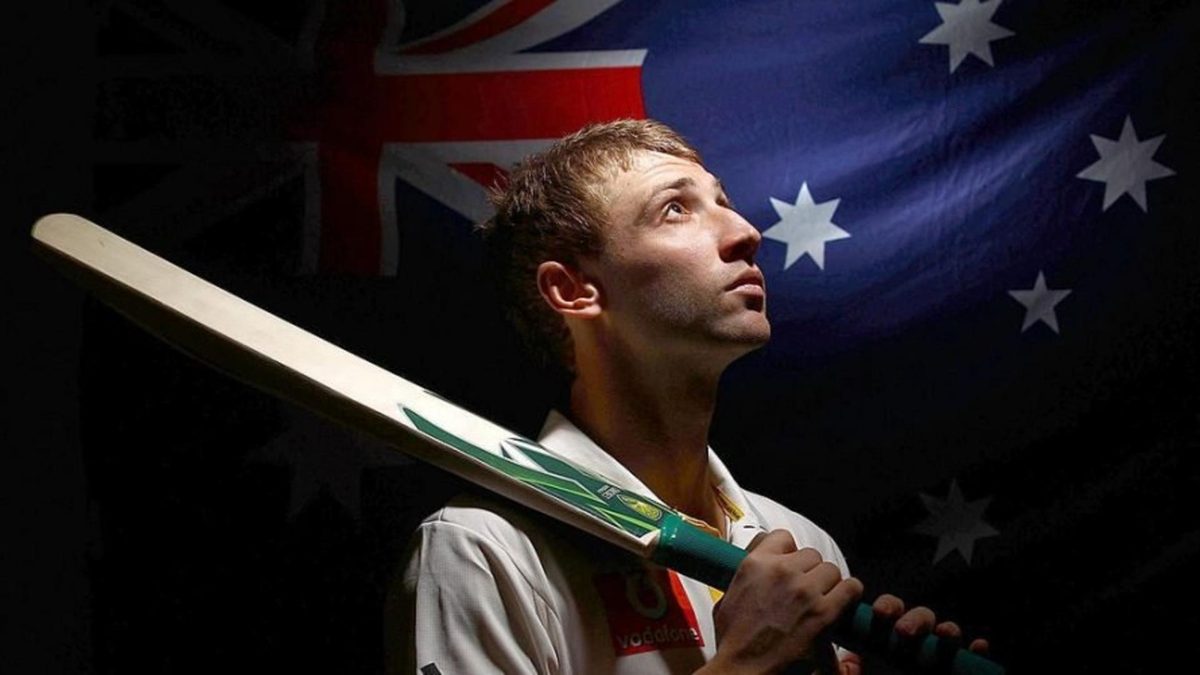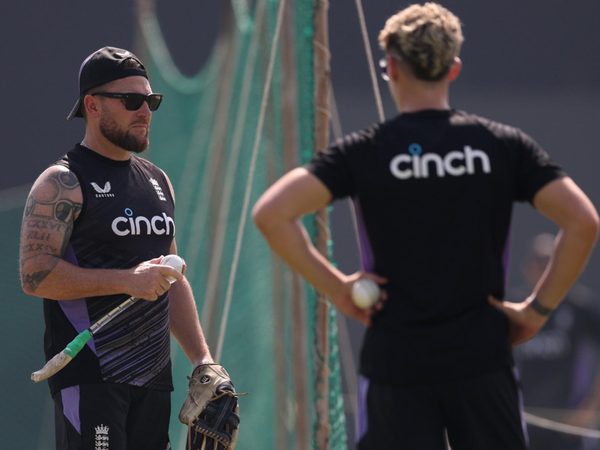
Five years ago, the tragic passing of Phil Hughes shook the cricketing world; a spirited batsman grounded by humility and loved by many, Hughes’ departure left the game with a sudden, but everlasting legacy.
Hughes, Phillip Joel, died on November 27, 2014, aged 25.
First published in the 2015 Wisden Almanack.
Phillip Hughes died two days after being hit by a short pitched delivery in a Sheffield Shield match at Sydney. Three days later, he would have been 26. Australian cricket had scarcely suffered a loss like it. The crowds that gathered for Hughes’s funeral in his home town of Macksville, a coastal community in New South Wales halfway between Brisbane and Sydney, were reminiscent of the 10,000 who attended the funeral of former Test batsman David Hookes in Adelaide in 2004; comparisons were also made with the thousands who lined Sydney’s streets in 1933 for Archie Jackson, who died of tuberculosis aged 23.
The fate of Hughes, though, cut even deeper, for he perished doing what he loved, and in front of the cameras. As Australia grieved, and their Test series against India was delayed, the poignancy resonated around the world. The second day of the Sharjah Test between Pakistan and New Zealand was postponed, while Sri Lanka and England players signed a book of condolence on the outfield ahead of a one-day international in Colombo. And when Paul Taylor, an IT analyst in Sydney, tweeted a photograph of his bat, cap on handle, outside his front door, it struck a chord and thousands followed suit.
When Australia and India finally took the field – in Hughes’s adopted city of Adelaide, five days after the series had been scheduled to start at Brisbane – the game drew comfort from its numbers. A giant “408” was painted on the outfield, denoting his place in the sequence of Australian Test cricketers, and a smaller version sewn under the badges on the home team’s shirts. The game was preceded by 63 seconds of applause, Hughes’s score when he was hit, by now amended from “retired hurt” to “not out”. And Hughes was named thirteenth man.
The First Test would most likely have marked the continuation of a career that had in effect begun more than a decade and a half earlier, when Jason Hughes persuaded his reluctant younger brother to turn out for his Under-10s team. Batting at No.11, the seven-year-old Phillip made 25 – and fell in love with cricket. By the time he was ten, the bowling machine at his father’s club had been moved to the Hughes backyard. By 12, he was scoring runs against adults. By 17, he was playing first-grade cricket with the Western Suburbs club, where he was befriended by Michael Clarke.
No record seemed beyond his grasp. Ten days short of his 19th birthday, in November 2007, he became New South Wales’s youngest first-class debutant since Clarke in 1999; and, four months later, the youngest centurion in the final of the Sheffield Shield (then known as the Pura Cup).
At the SCG on November 25, watched by his mum and sister Megan, Hughes had reached 63, and was on course for a return to Test cricket, when he was too early on a bouncer from Abbott. The ball hit him on the left side of his neck, just below his helmet, and burst an artery, causing a catastrophic bleed into his brain. Hughes put his hands on his knees, then collapsed, face first. He underwent immediate surgery at St Vincent’s Hospital in the suburb of Darlinghurst, where he was placed in a coma, but never regained consciousness.
So moving and well-attended was the funeral on December 3, when Michael Clarke spoke of the need to “dig in and get through to tea”, that a planned state memorial service was deemed unnecessary. Jim Maxwell, the veteran Australian broadcaster, said: “His brilliant, short-lived career epitomised the spirit of Australian cricket: a boy from the bush, homespun, instinctive and unaffected by the clamour of a monetised sporting life.”
Of the Durban hundreds, South African journalist Neil Manthorp had written in Wisden that Hughes’s idiosyncratic style would “either threaten every batting record ever set, or fade quickly after a couple of years once bowlers work him out”. Neither happened. Nor did Phillip Hughes fulfil his wish to retire into farming, help his family on the 220-acre plot he had bought them on the edge of Macksville, and pass on “useless facts about cows”, as Clarke put it in a eulogy that spoke for a family, a nation and a sport.








